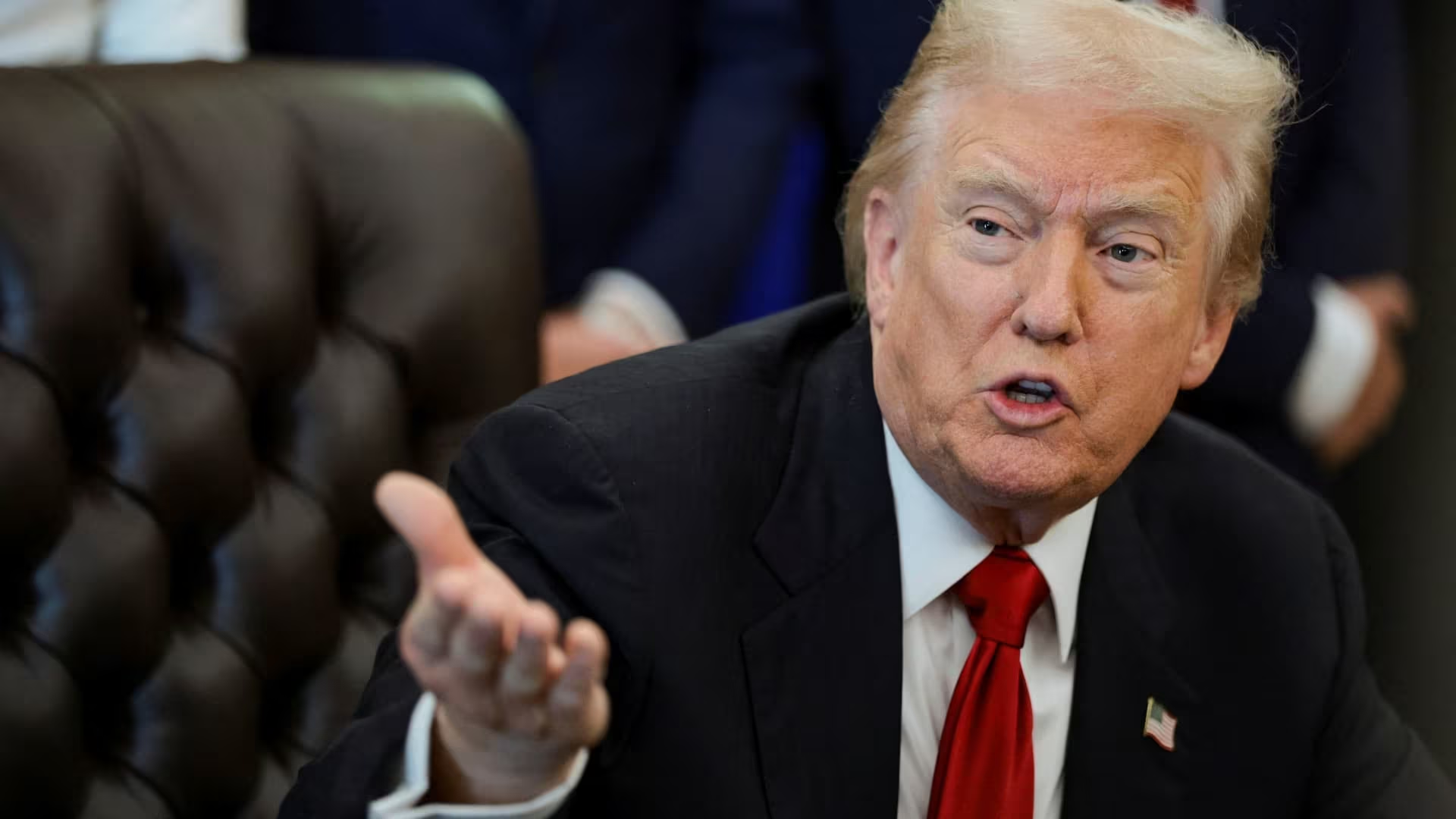The Shift in Healthcare Funding: Trump’s Call for Direct Consumer Payments
President Donald Trump has presented a significant policy proposal to Senate Republicans, urging them to fundamentally alter how federal health insurance subsidies are distributed. The core of his message is a call to bypass insurance carriers and send federal health insurance money ‘directly to the people.’
This proposal, delivered to key Republican senators, is framed as a potential compromise or alternative approach to managing the financial mechanisms established under the Affordable Care Act (ACA). If implemented, it would mark a dramatic shift from the current system, where the vast majority of federal subsidies flow directly to insurance companies to reduce consumer premiums and out-of-pocket costs.

Deconstructing the Direct Payment Mechanism
Under the existing framework of the ACA, federal funds are primarily used to make healthcare coverage more affordable for low and middle-income Americans through two main avenues:
- Premium Tax Credits (PTCs): These are paid directly to insurers on behalf of eligible consumers to lower their monthly premium costs.
- Cost-Sharing Reductions (CSRs): These payments compensate insurers for offering lower deductibles, co-payments, and maximum out-of-pocket limits to low-income enrollees.
President Trump’s proposal targets these federal outlays, suggesting that instead of routing billions of dollars through the insurance industry, the money should be allocated as direct financial assistance to individuals. This could take the form of tax credits, vouchers, or direct deposits, allowing consumers greater control over how they purchase coverage.
Why Redirect the Funds?
The argument for sending funds directly to citizens centers on increasing consumer choice and transparency. Proponents of this approach argue that:
- Empowerment: Giving money directly to individuals empowers them to shop for plans that best suit their needs, potentially including options outside the ACA marketplace.
- Transparency: It makes the true cost of insurance and the value of the subsidy clearer to the consumer, rather than having the subsidy hidden in the transaction between the government and the insurer.
- Market Competition: By making subsidies portable and consumer-driven, the proposal could theoretically increase competition among insurers, forcing them to offer more competitive pricing to attract consumers holding the direct federal funds.
“The goal is to put the patient, not the bureaucracy or the insurance company, in charge of their healthcare dollars,” a source familiar with the discussions stated, emphasizing the philosophical shift toward a consumer-driven model.
Context: The Ongoing Debate Over ACA Subsidies
This proposal arrives amid persistent political tension surrounding the ACA. For years, Republicans have sought to dismantle or fundamentally reform the law, often criticizing the complexity and cost of its subsidy structure. The idea of direct consumer aid is not new; it aligns with previous Republican proposals for health savings accounts (HSAs) and refundable tax credits.
Historically, the Trump administration took steps that destabilized the ACA market, most notably by ending the direct payment of Cost-Sharing Reductions (CSRs) to insurers in 2017. This action forced insurers to raise premiums significantly (a phenomenon known as “silver loading”) to cover the lost CSR revenue, demonstrating the critical role federal payments play in market stability.
This new proposal, however, suggests a redirection of the larger pool of funds—the Premium Tax Credits—rather than simply eliminating them. The challenge lies in ensuring that redirecting these funds does not unintentionally destabilize the individual insurance market, which relies heavily on the guaranteed flow of federal money to keep premiums manageable.

Potential Policy Hurdles
Implementing a system of direct payments presents several complex policy challenges that Congress would need to address:
- Market Stability: Insurers rely on predictable federal payments to price their plans. A sudden shift could lead to uncertainty, potentially causing some carriers to exit the individual market, reducing consumer choice.
- Administrative Complexity: Establishing a mechanism to accurately and efficiently distribute funds directly to millions of eligible individuals, ensuring timely payments for coverage, would be a massive administrative undertaking for the federal government.
- Adverse Selection: If direct payments allow consumers to purchase non-ACA compliant plans (which often offer less comprehensive coverage), it could lead to healthier individuals leaving the ACA marketplace, driving up costs for those remaining, particularly those with pre-existing conditions.
Key Takeaways for Consumers and Policymakers
President Trump’s proposal to redirect federal health insurance funds directly to citizens is a high-stakes policy maneuver that could redefine the individual health insurance market. For readers seeking to understand the implications, the following points are essential:
- The Target: The proposal seeks to redirect federal money currently paid to insurance companies (primarily Premium Tax Credits) to individual Americans.
- The Mechanism: The funds would likely be distributed as direct subsidies, vouchers, or tax credits, giving consumers purchasing power.
- The Goal: To increase consumer choice, transparency, and competition in the healthcare market.
- The Risk: Potential instability in the individual insurance market and significant administrative challenges in establishing a new payment infrastructure.
This concept represents a fundamental philosophical difference in healthcare financing: moving from a system where the government subsidizes the product (insurance plans) to one where the government subsidizes the consumer directly.

What’s Next in Congress
For this proposal to advance, it would require significant legislative action by Senate Republicans and potentially bipartisan support, given the massive scale of the ACA’s financial structure. The immediate next step involves internal discussions within the Republican caucus to assess the feasibility and political viability of such a dramatic policy shift. The outcome of these discussions will determine whether the proposal moves from a political talking point to a concrete legislative effort in the coming months of 2025.
Original author: CJ Haddad
Originally published: November 8, 2025
Editorial note: Our team reviewed and enhanced this coverage with AI-assisted tools and human editing to add helpful context while preserving verified facts and quotations from the original source.
We encourage you to consult the publisher above for the complete report and to reach out if you spot inaccuracies or compliance concerns.

